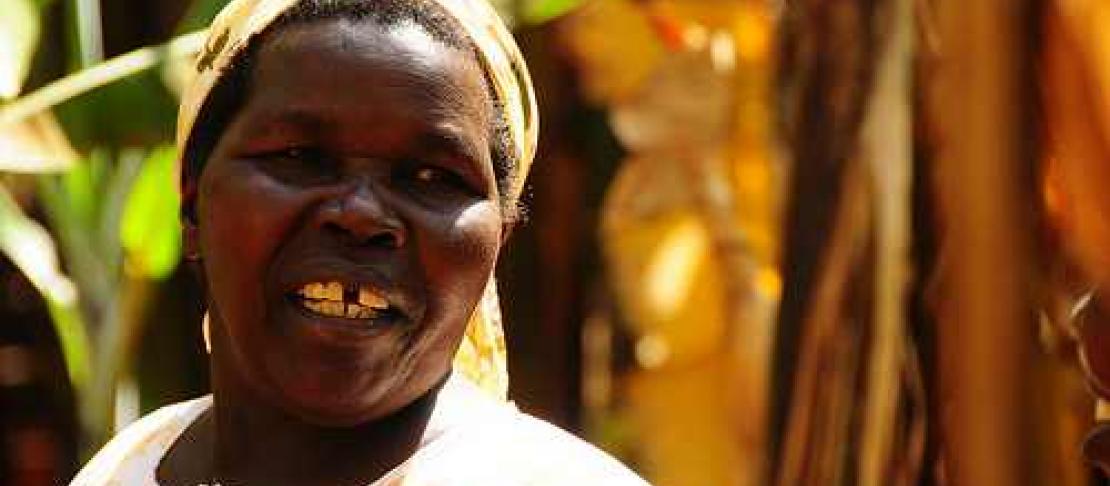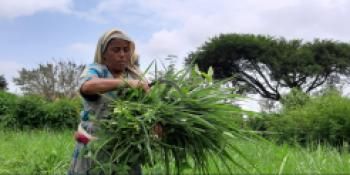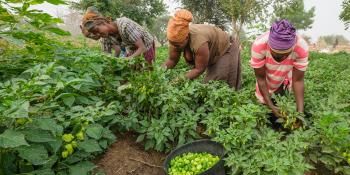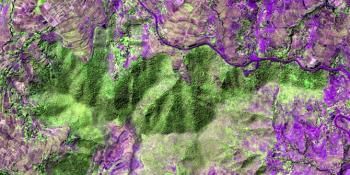New survey shows climate change is transforming farming practices in Kenya

by Cecilia Schubert
Newly released results of household baseline survey in Lower Nyando, Kenya shows that changes in climatic conditions in the last ten years have led to subsequent changes in farming practices. The survey, done for the CGIAR Research Program on Climate Change, Agriculture and Food Security (CCAFS) was conducted by a research team from the World Agroforestry Centre (ICRAF) and local partners. The survey revealed that families in the area struggle to stay food secure throughout the year. For one to two months every year many households do not get enough food, with some families enduring food insecurity for up to four months.
Climate is changing, farmers are adapting
Climate variability and unpredictability such as earlier starts of rains, less overall rainfall, more frequent droughts and floods, led to 80 percent of the households reporting that they have been changing their farming practices. Other reasons mentioned for transforming farming practices were land and labour issues (for example insufficient farm labour) as well as market-related reasons (such as higher productivity or higher prices). The survey finds that all households have made some kind of change in what they grow and how they farm over the last decade. Most households have made three or more changes in how they farm and what they produce.
When looking into changes related to cropping, the households were asked if they had introduced new crops or varieties. A majority of households had introduced one or two new crops or varieties. Thirty-two percent of the families even stated that they had introduced three or more crops or varieties to their farms, while a majority reported having made cropping-related changes in the last decade. These changes include intercropping; earlier land preparation and earlier planting; later planting; expanded reduced cropping area; use of pesticides/herbicides; and integrated pest management or integrated crop management.
Agroforestry was widespread in the area, with almost all households having planted or protected trees within the last year. This could potentially be traced back to earlier tree planting projects in some parts of Lower Nyando. It was discovered that there was a lack of knowledge on how to deal with soil and water management which indicates a need for further household training.
Women receive more climate information
The survey also looked into how and if weather information was available to the farmers in the area. The result showed that 96 percent of the households received some type of climate and weather-related information, with the radio being the most common source of information. Surprisingly women tend to receive more weather-related information than men. This might be due to their higher day-to-day involvement on the farm, as it is common for men to seek off-farm work. Farming practises were typically modified based on the received climate information.
CCAFS household baseline surveys have been conducted at all CCAFS benchmark sites in 2010-11. The reports, similar to this one, will become available on the CCAFS website over the coming weeks. The household baseline information will also be supplemented by the results of the village and organisational surveys that are ongoing. Researchers will use these baselines to make decisions about future interventions at these sites. The data also provides the basis for monitoring and will be repeated in order to monitor change over time. CCAFS is also working on interesting cross-site comparisons.
The tools and the data for this baseline are available now!
Click to explore a map of lower Nyando with associated climate data and multimedia at the Adaptation and Mitigation Knowledge Network.
This story was written by Cecilia Schubert, Communications Assistant


